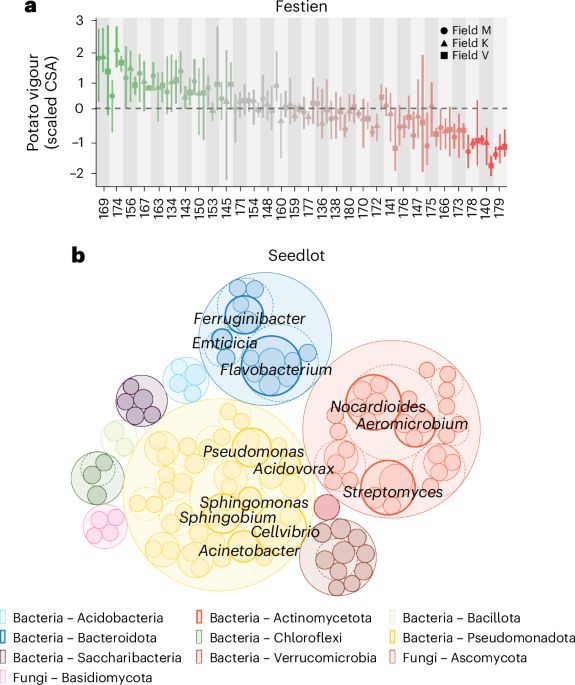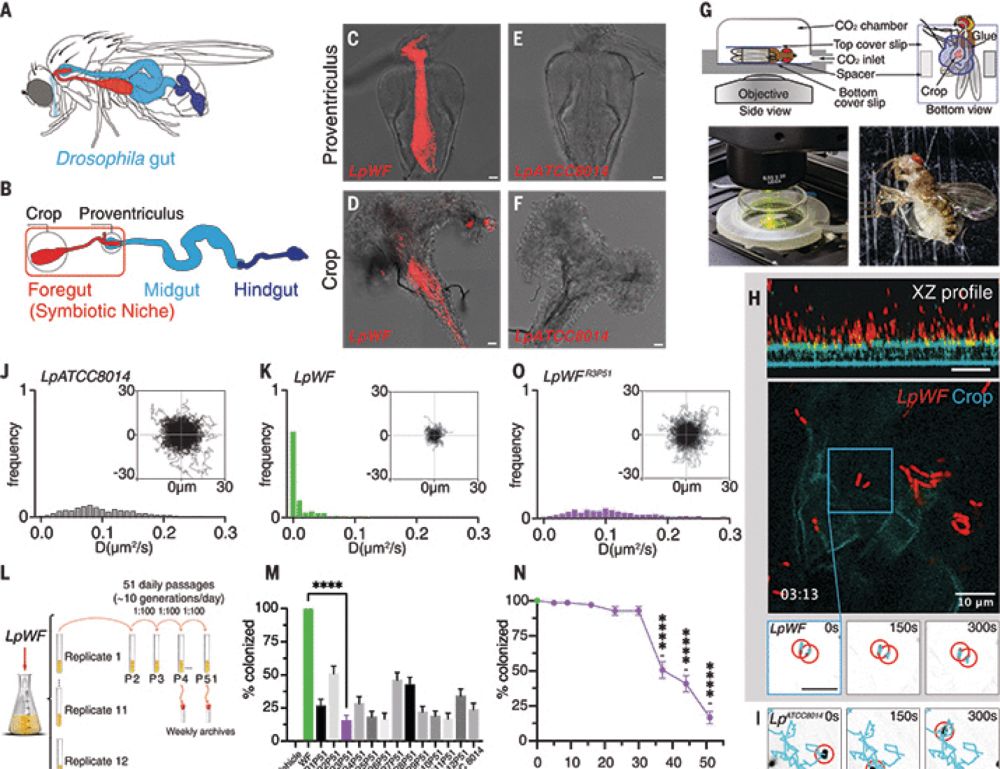We show that the Symbiotic Determinant 1 of NFR1 evolved to facilitate nitrogen-fixing symbiotic signalling.
I’m thrilled to share our published data from my PhD back in Aarhus! #symbiosis #juxtamembrane #ensa
www.nature.com/articles/s41...

We show that the Symbiotic Determinant 1 of NFR1 evolved to facilitate nitrogen-fixing symbiotic signalling.
I’m thrilled to share our published data from my PhD back in Aarhus! #symbiosis #juxtamembrane #ensa
www.nature.com/articles/s41...
This paper has been my constant companion over the past 4 years, but I'm so happy to send it off into the world 👇
www.sciencedirect.com/science/arti...

This paper has been my constant companion over the past 4 years, but I'm so happy to send it off into the world 👇
www.sciencedirect.com/science/arti...
#ISMEComms by Reena Debray, @planetazor.bsky.social and @bkoskella.bsky.social
academic.oup.com/ismecommun/a...

#ISMEComms by Reena Debray, @planetazor.bsky.social and @bkoskella.bsky.social
academic.oup.com/ismecommun/a...
@naturerevmicro.bsky.social by @kaltenpoth-lab.bsky.social
www.nature.com/articles/s41...

@naturerevmicro.bsky.social by @kaltenpoth-lab.bsky.social
www.nature.com/articles/s41...
www.psu.edu/news/researc...

www.psu.edu/news/researc...
Potato crop performance is predicted by tuber microbiome
By Yang Song & Roeland Berendsen
@rlberendsen.bsky.social
www.nature.com/articles/s41...

Potato crop performance is predicted by tuber microbiome
By Yang Song & Roeland Berendsen
@rlberendsen.bsky.social
www.nature.com/articles/s41...


www.science.org/doi/10.1126/...

www.science.org/doi/10.1126/...
This feed is thought for being all things symbiosis (not only beneficial ones)! Post jobs, conferences, meetings, papers, etc. Tag your posts with #SymbioSky and they will appear here! 👇...
This feed is thought for being all things symbiosis (not only beneficial ones)! Post jobs, conferences, meetings, papers, etc. Tag your posts with #SymbioSky and they will appear here! 👇...
#mSystems by @jess-bernardin.bsky.social et al
journals.asm.org/doi/10.1128/...

#mSystems by @jess-bernardin.bsky.social et al
journals.asm.org/doi/10.1128/...
www.nature.com/articles/s41...

www.nature.com/articles/s41...
So I drop here my last pre-print as well! More to come on this soon!
www.biorxiv.org/content/10.1...

So I drop here my last pre-print as well! More to come on this soon!
www.biorxiv.org/content/10.1...



